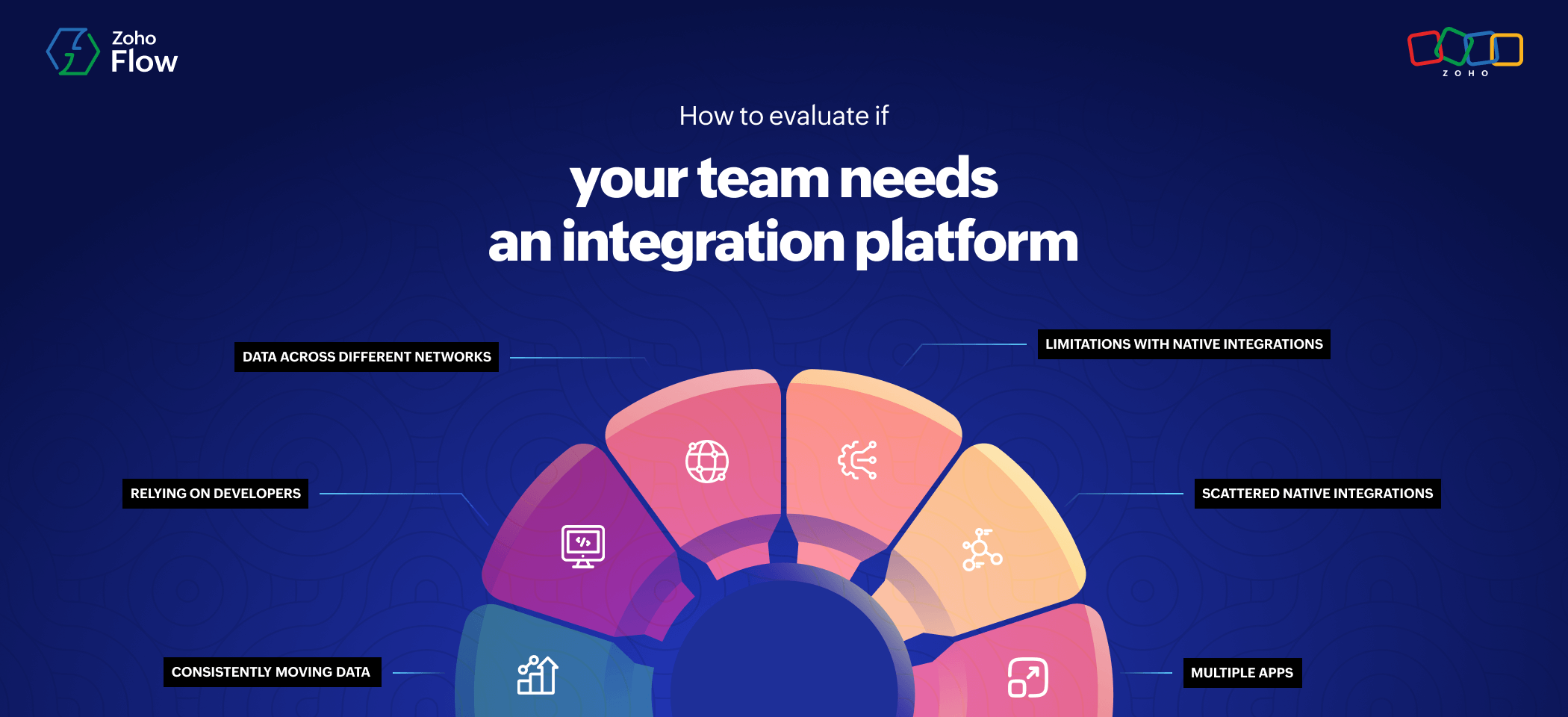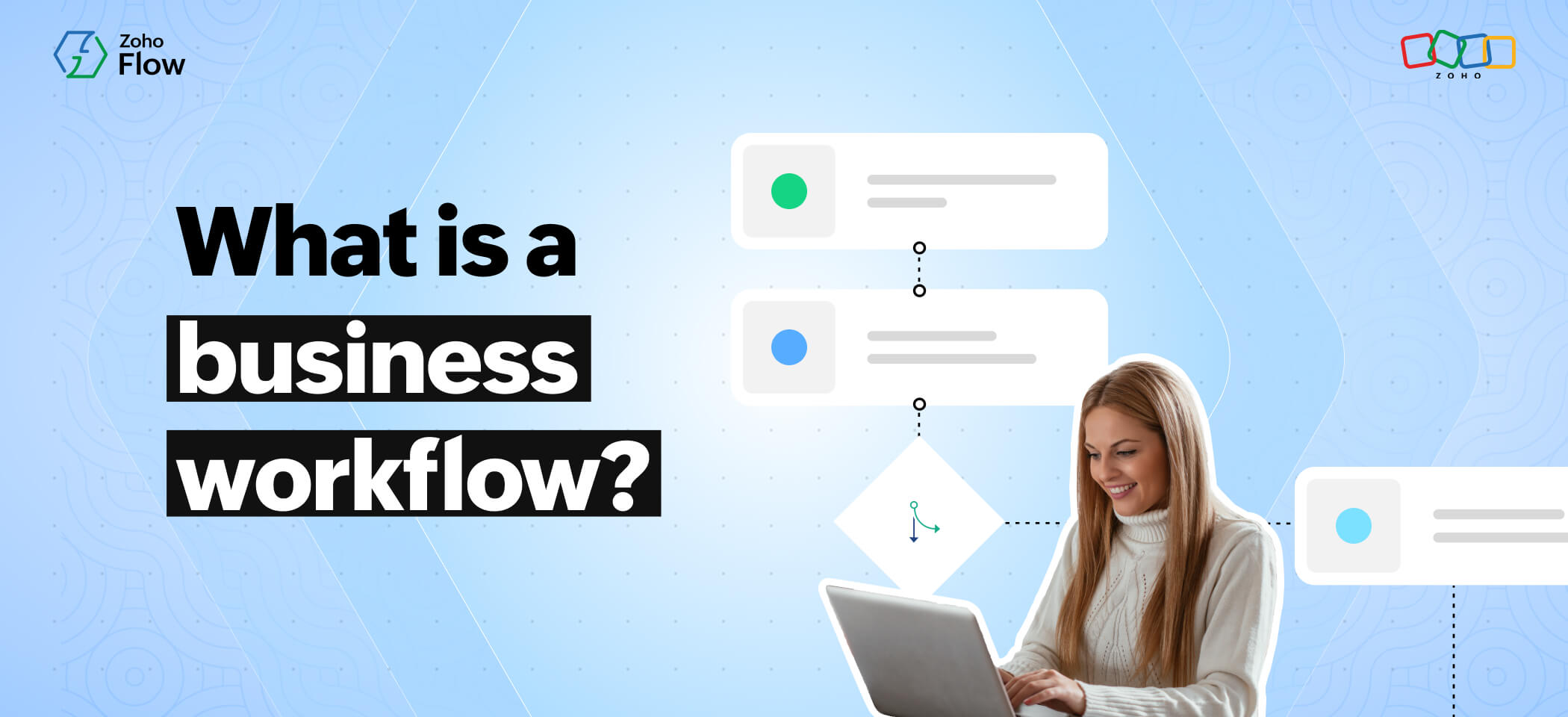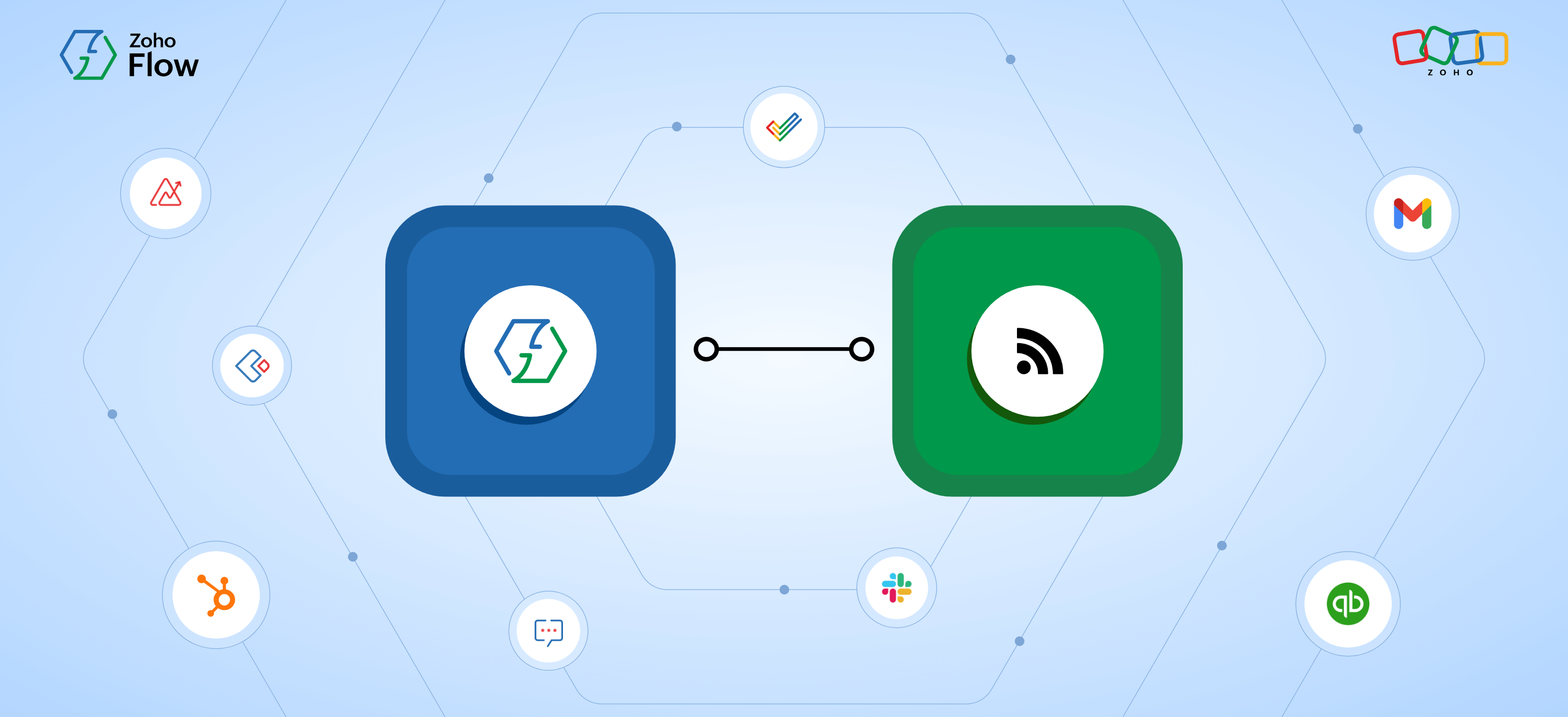On-premises vs cloud: The differences and why you should integrate them
- Last Updated : August 14, 2024
- 941 Views
- 5 Min Read

Cloud-based setups are common these days, as they offer businesses more flexibility, letting employees work at their convenience and making the transfer of data across systems easy. But while cloud-based applications have proven to be advantageous for businesses, many organizations couldn't completely make the shift to cloud computing, for various reasons.
For example, some businesses may need extensive security for certain types of data, like payment transactions. In these cases, on-premises apps might be necessary, as they offer increased security and control.
But for certain aspects of your business, you'd want to implement a low-maintenance and cost-effective solution that's easy to manage. In cases like this, organizations generally go for cloud applications.
The problem is that most businesses today require security and control over certain aspects of their operations while also needing the flexibility that cloud networks provide. That's why many organizations choose a hybrid approach—utilizing both on-prem and cloud systems based on their specific needs.
On-premises systems
An on-prem system is IT infrastructure that's established locally, within the premises of the organization. On-premises systems offer more security and control, as everything from deployment to maintenance and data transfer is the responsibility of the organization.
Business processes that operate under multiple security restrictions generally require on-prem applications, as they offer more rigorous data safety and security benefits and can be faster than cloud applications.
Cloud systems
A cloud system is when the servers or software are hosted online, rather than on local hardware. Cloud applications are generally much more accessible and make collaboration decidedly easier.
Some examples of cloud applications include Google Docs, Slack, Microsoft Teams, and Zoho CRM.
Now let's look at a few key differences between cloud and on-premises applications, to help get a better understanding of when to go with each type:
Differences between cloud and on-prem
Apart from the fact that an on-premises network is hosted locally within a private server and a cloud network is hosted online, there are other important characteristics that differentiate cloud applications from on-prem applications:
Security
On-prem
On-premises servers are considered a safer and more secure option, as the network is hosted privately. This means that you have full control over your security and regulatory protocols, and you don't have to rely on external organizations for privacy and security.
For certain areas in your business, where data security is of the utmost priority, you may want to choose on-prem solutions.
Cloud
While the top cloud platforms offer excellent data security, with end-to-end encryption and privacy-regulation compliance, a thoroughly built on-prem server still has a slight edge when it comes to data security.
However, cloud servers provide instant backup for your data and operating systems, which might not be the case with on-premises servers.
Cost
On-prem
On-prem servers have to be built from the ground level within your network, which can take a lot of time and effort and be expensive. Apart from that, there are many expenses that add to the initial setup, like upgrades, maintenance, operating costs, and more.
Cloud
Cloud applications generally come as monthly/yearly subscriptions, where you have to pay consistently to maintain services. While the cost may seem lower, because it's on a recurring basis, you have to keep paying indefinitely. However, since it's a more customizable solution, you can pay just for the services you absolutely need, saving you a considerable amount of time and money compared to on-prem networks.
Accessibility
On-prem
Accessing on-prem applications remotely will require you to connect to a VPN or other similar service, making it not as easily accessible as cloud applications. But, once connected, you might be able to work online as well.
Cloud
Accessing cloud-based networks is much easier than on-prem networks, as you're able to operate from anywhere that you have a stable internet connection.
Maintenance
On-prem
On-prem servers require more maintenance, as you have control over everything from configuration to issue fixes.
Cloud
The same cannot be said of cloud solutions, as your cloud service provider will be responsible for the maintenance of your cloud network.
Deployment
On-prem
Similar to maintenance, the deployment of an on-premises network will completely rely on you. Also, on-prem networks must be deployed physically on each and every system, which can be time-consuming.
Cloud
Since cloud servers are hosted on a cloud network, the deployment of that network will be the responsibility of the cloud service provider and can be done over the internet in a significantly shorter time span compared to on-premises networks.
Now that we've learned the key differences between on-prem and cloud applications and analyzed their pros and cons, it's clear that many businesses need both kinds of applications. But to make all these apps work together, you have to integrate them.
The need to integrate your cloud and on-premises networks
Irrespective of the nature of your applications, it's essential to have all your apps connected, creating a cohesive environment and ensuring a seamless flow of data between them. This ensures there are no data silos and that you have data consistency within your systems, eliminating manual effort and saving time.
Many applications today provide native integrations, helping you connect them with specific apps, and for other applications that don't support native integration there are many iPaaS cloud solutions available.
However, when it comes to a system where both cloud and on-premises applications are present, the transfer of data between them can be difficult, as on-prem applications are hosted on a private network while cloud applications are hosted online.
To ensure a safe and secure means of transferring data from your cloud to your on-prem applications, you need a hybrid integration platform that lets you connect your applications together, eliminating data silos and making data transfer easy.
That's where Zoho Flow comes in.
Zoho Flow: A powerful hybrid integration platform
Zoho Flow is an integration platform that connects your cloud and on-premises applications, letting you create a unified stack where you're able to automate your day-to-day tasks and streamline your workflows.
With a dynamic drag-and-drop builder, Zoho Flow has more than 850 applications, and 1,200+ prebuilt connectors that make integration easy. In addition to custom functions, where you can build automated workflows tailor-made for your requirements, Zoho Flow also lets you execute commands and scripts to interact with local systems directly.
Sign up with Zoho Flow today and start integrating your cloud and on-premises applications together, building comprehensive workflows within your organization and ensuring data transfer is never a problem.
 Sooraj
SoorajContent writer for Zoho Flow. Ardent fan of sports and movies.



